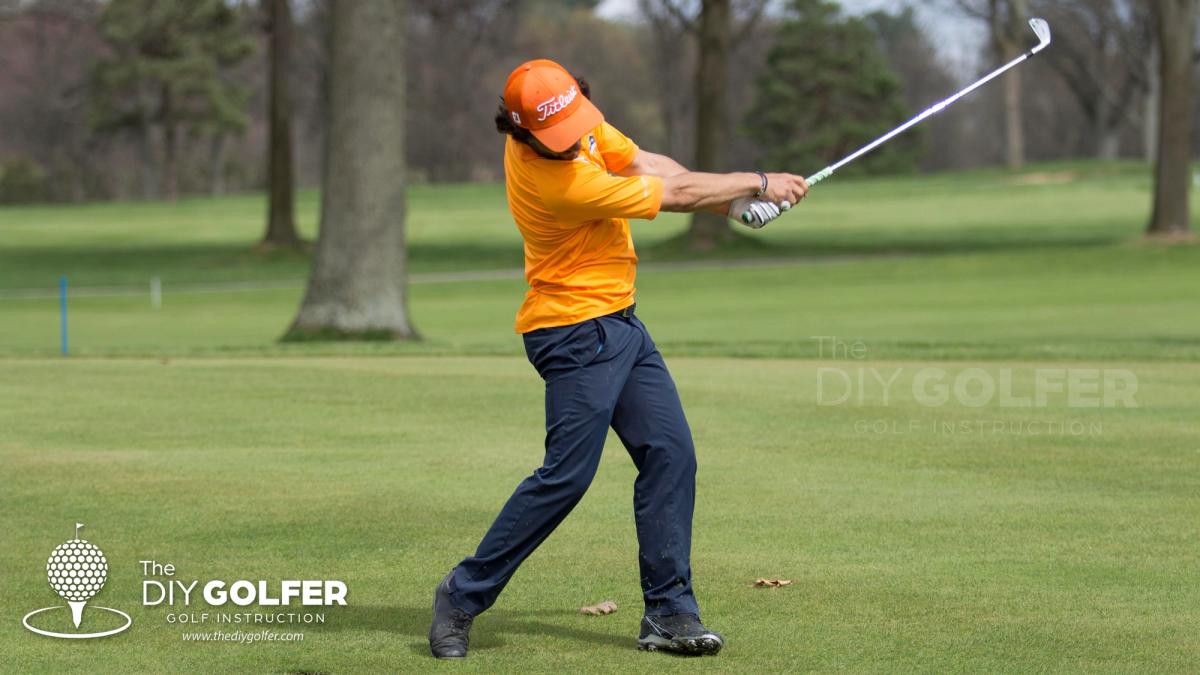Consideration #1- What are your choices?
Let me start by saying there is no correct way to set up your clubs. Some players prefer having four wedges with less woods, hybrids, and long irons. Some players stick with three wedges and throw in a 3-wood, hybrid, and 3-iron. Or a 3-wood, 5-wood, and 3 iron. Or a 3-wood, 5-wood, and hybrid. Or a strong hybrid, hybrid, and 3 iron. I could go on and on with combinations, but I think you get the point.
I have already written a post about choosing a 3-wood, so this post will focus on 5-woods, 7-woods, strong hybrids, hybrids, hybrid irons, and long irons. You may be wondering what all this even means, but rest assured, I will explain.
As a quick debriefing, let me distinguish between the many choices available to you.
- 5-wood- Almost identical to a 3-wood, but with more loft
- 7-wood- not commonly used today; almost identical to 5-wood, but with more loft; could potentially replace a long iron
- Strong hybrid (I don’t know if this is even a proper term, but it will suffice)- a hybrid of 18 degrees or less; capable of replacing a 3-wood
- Hybrid- 19+ degrees of loft; used to replace long irons
- Hybrid iron- looks like an iron; plays like a hybrid (ex: Mizuno MP Fli-Hi)
- Long Iron- your standard 1,2,3,4, and 5 irons.
Consideration #2- How far do you hit the ball?
Believe it or not, some golfers are not able to effectively use a 2-iron. As a general rule of thumb, if your stock 7-iron goes any less than 150 yards, a 2-iron is out of the picture. For those who don’t “qualify” for a 2-iron, a viable alternative could be a hybrid iron, hybrid, or 5 wood. Obviously, anyone who wants may purchase a 2-iron and use it. If you want to prove me wrong, go ahead, but in my mind, there is no point in having a club in the bag that you can’t stop on a green.
Consideration #3- Comfort level hitting different clubs
I know for me, a huge reason why I carry a 19 degree hybrid and a 3-iron is because they feel comfortable to me. I don’t feel comfortable hitting a 5-wood, and also don’t feel comfortable replacing my 3-iron with another hybrid.
Be sure to get in touch with your comfort levels over different clubs. Next time you play, rate yourself on a scale of 1-5, noticing how confident you are over your 3-wood, hybrid (if you have one), and long irons. If the long irons bring you anxiety, then you probably would benefit from a 5-wood or hybrid. If the 3-wood brings you anxiety, it wouldn’t be smart to put a nearly identical looking 5-wood in the bag.
Consideration #4- Assess the courses you play
At the higher levels of competitive golf, you will often see guys switching out a few clubs before an event. While at the British open, you might notice some pros removing their hybrids and throwing in a 2-iron. When playing a windy, dry course, a high flying hybrid isn't the best option.
Also, the length of the rough on the course will be a deciding factor. From my experience, 3-irons and 5-woods don’t come out of thick rough nearly as well as a hybrid will. Just like a pro will remove a hybrid for a windy and dry course, they will just as willingly add a hybrid for a U.S. Open venue where the rough is long and thick. Remember Y.E. Yang's victory at the 2009 PGA Championship at Hazeltine? He was using three hybrids in the bag that week!
I still remember the tournament I played in Monterey, California at Bayonet and Black Horse. If you have played there, you know how difficult that course is in perfect conditions. I happened to play it when the greens were rock hard, which made it extremely difficult to stop the ball with the longer irons. If you frequently play firm courses (that aren’t “links” courses), a hybrid or 5-wood might benefit you more than a long iron would.
Personally, I find that having a hybrid and a 3-iron provides me with some versatility. If the course is playing windy that day, I will bench the hybrid and hit the 3-iron. If it is cold and rainy, I wouldn’t even think about hitting the 3-iron. A hybrid will fly much further in cold, wet conditions.
In the end, choosing a combination of tee clubs and long irons will come down to your budget, the time you put in researching different options, and how serious you are about the game. If you have the time and the money, getting serious about your equipment will pay dividends. My fairway percentage has drastically improved since finding a hybrid that I hit well off the tee. I think everyone can find something that works, and I hope this post helps you find that something!
